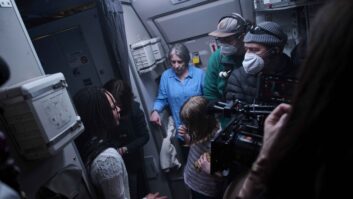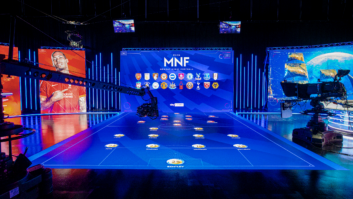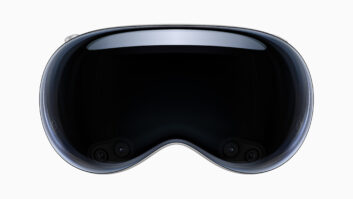As digital cinema and 3D stereoscopic technologies evolve, Hollywood is taking a serious look at the medium as an opportunity to grow theatre audiences, writes Carolyn Giardina. Cobalt Entertainment and Assimilate will thus be hoping that their brand new, stereoscopic-specific workflow can tap into that interest.
Leading directors such as James Cameron, Peter Jackson and George Lucas have all shown interest in filmmaking in the 3D realm. As the 3D momentum builds, Cobalt Entertainment has constructed a production and post workflow for 3D stereoscopic motion pictures in conjunction with Assimilate. The companies believe their workflow will greatly reduce the time spent in production and post.
Assimilate’s Scratch datacentric workflow system will be the heart of the post workflow with editing, conforming and colour correction capabilities, while Boxx Technologies offers the workstation technology.
Past limitations of 3D production included heavy equipment and long production schedules. Cobalt’s digital 3ality Systems cameras are designed to be lightweight and to utilise advanced image processing to provide instantaneous dailies, and enable production schedules that match a standard 2D schedule.
By using the dual-DVI outputs on the nVidia Quadro FX cards and the functionality of the Scratch CONstruct, users can in post create a timeline with right-eye material on one layer and left-eye material on another. The two clips can be edited as a single instance and colour grading, or other effects data, can be applied and copied. Assimilate reported that once editorial fine-tuning and colour grading has been applied, the dual-stream stereo imagery can be output directly from Scratch to the screen for review. Further, Assimilate reported that viewing of stereoscopic material could occur immediately without the need for additional post-processing.
Explaining that there is a product development roadmap in place, Assmiliate CEO Jeff Edson reported that: “Cobalt technology will be integrated into Scratch to optimise Scratch for stereoscopic films.” The next step, he estimated, would be ready in six to nine months and involve preview of work in post, which is currently a challenge.
Looking at the big picture, Edson explained that 3D TV monitors are currently “in alpha mode” so 3D could be a market for television as well as theatrical distribution. “It will become pervasive,” Edson said. “Filmmakers and post houses need high-performance digital tools that keep them at the forefront of industry trends like 3D for viewing audiences, and they can no longer pay an arm and a leg to get them.”
“Our business is making 3D easy for filmmakers so that they can expand their creativity and deliver a high-resolution film or digital product, and it only gets better from here,” added Colbalt CEO, Steve Schklair. “We are completing construction of a new 20,000 square foot studio in Burbank, which will make realtime 3D post and viewing simpler.”







